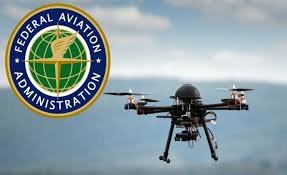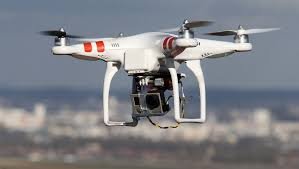Drones are becoming more common in the United States, used for everything from photography to package delivery. As drone usage grows, so do the rules that govern them. In 2025, several important changes have been made to drone regulations in the USA. Whether you’re flying for fun or work, it’s essential to understand these updates to stay compliant and safe.
1. Remote ID Requirement Now Mandatory
As of 2025, the Federal Aviation Administration (FAA) requires most drones to have Remote ID. This system works like a digital license plate, broadcasting the drone’s location and identification information during flight. There are three ways to comply:
- Standard Remote ID Drone: Drones with built-in Remote ID capability.
- Remote ID Module: An external device attached to the drone.
- FAA-Recognized Identification Area (FRIA): Flying in designated areas where Remote ID is not required.
This rule applies to drones that need to be registered, which includes most drones over 0.55 pounds (250 grams) .
2. Drone Registration and Pilot Certification

Recreational Flyers
If your drone weighs more than 0.55 pounds (250 grams), you must register it with the FAA. Registration costs $5 and is valid for three years. Additionally, recreational pilots must pass The Recreational UAS Safety Test (TRUST) and carry proof of completion when flying .
Commercial Operators
Commercial drone pilots must:
- Register each drone used for business purposes.
- Obtain a Remote Pilot Certificate by passing the FAA’s Part 107 exam.
- Follow specific operational rules, such as flying below 400 feet and maintaining visual line of sight.
3. New Local Authority Under the Drone Integration and Zoning Act
A new bill introduced in Congress, the Drone Integration and Zoning Act (S.1249), proposes giving local governments the power to regulate drone flights below 200 feet. This means cities and towns could set their own rules about where and when drones can fly in low-altitude airspace. If passed, this could lead to a patchwork of local drone laws across the country .
4. National Defense Authorization Act (NDAA) and Foreign Drone Restrictions
The 2025 National Defense Authorization Act includes provisions that could ban drones from certain foreign manufacturers, such as DJI and Autel Robotics, due to national security concerns. If these companies are added to the “covered list,” it may become illegal to operate their drones in the U.S. after a one-year grace period .
5. FAA’s Proposed Rule for Expanded Drone Use

The FAA plans to propose new rules to expand drone operations, including beyond visual line of sight (BVLOS) flights. This change aims to facilitate drone deliveries and other commercial services by reducing the need for individual waivers and approvals. The proposed rule is expected to provide more clarity and authority for drone developers and operators .
6. Safety Concerns Near Airports
Drones have increasingly posed risks near major U.S. airports, with incidents of near midair collisions reaching concerning levels. In 2024, drones accounted for nearly two-thirds of reported near collisions involving passenger planes at the top 30 busiest U.S. airports. The FAA has banned unauthorized drone flights near airports and requires registration and transponder devices for drones over 250 grams. However, effective enforcement remains challenging .
7. Temporary Flight Restrictions in Sensitive Areas
In response to security concerns, the FAA has implemented temporary flight restrictions (TFRs) banning drone flights over critical infrastructure in certain areas. For example, parts of New Jersey experienced drone bans due to “special security reasons,” highlighting the importance of checking for TFRs before flying .
8. State and Local Drone Laws

While the FAA regulates airspace, states and localities can enact their own drone laws, particularly concerning privacy, trespassing, and law enforcement. Drone pilots should be aware of local regulations, which can vary widely across different jurisdictions .
9. Tips for Drone Pilots in 2025
- Check Airspace Restrictions: Use FAA-approved apps like B4UFLY to check for TFRs and no-fly zones.
- Stay Informed: Regularly review FAA updates and local laws to ensure compliance.
- Maintain Line of Sight: Unless authorized, always keep your drone within visual line of sight.
- Avoid Flying Over People: Do not fly over groups of people unless your drone meets specific safety requirements.
- Respect Privacy: Avoid capturing images or videos of individuals without their consent.
Conclusion
Drone regulations in the USA have evolved significantly in 2025, with new requirements for Remote ID, potential local airspace control, and proposed expansions for commercial operations. Whether you’re a hobbyist or a professional, staying informed about these changes is crucial for safe and legal drone flying.
Also read – USA Recession Fears 2025: What Americans Need to Know






